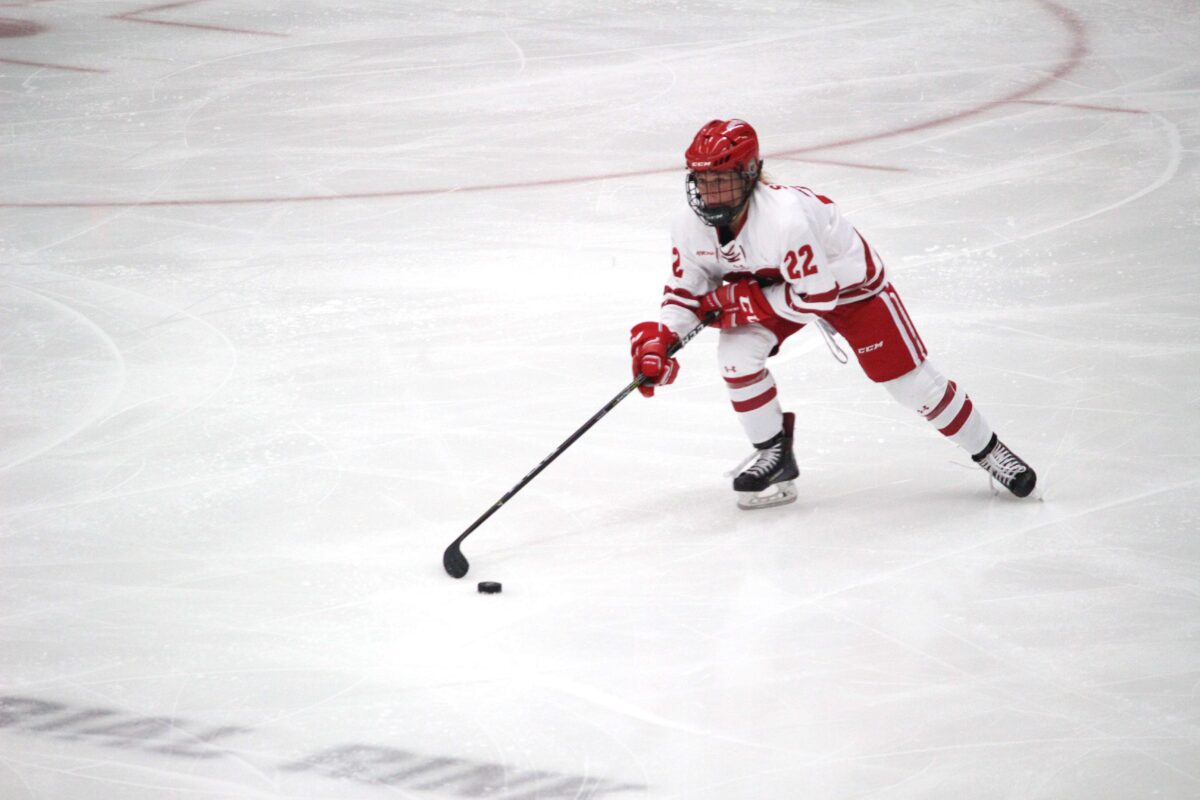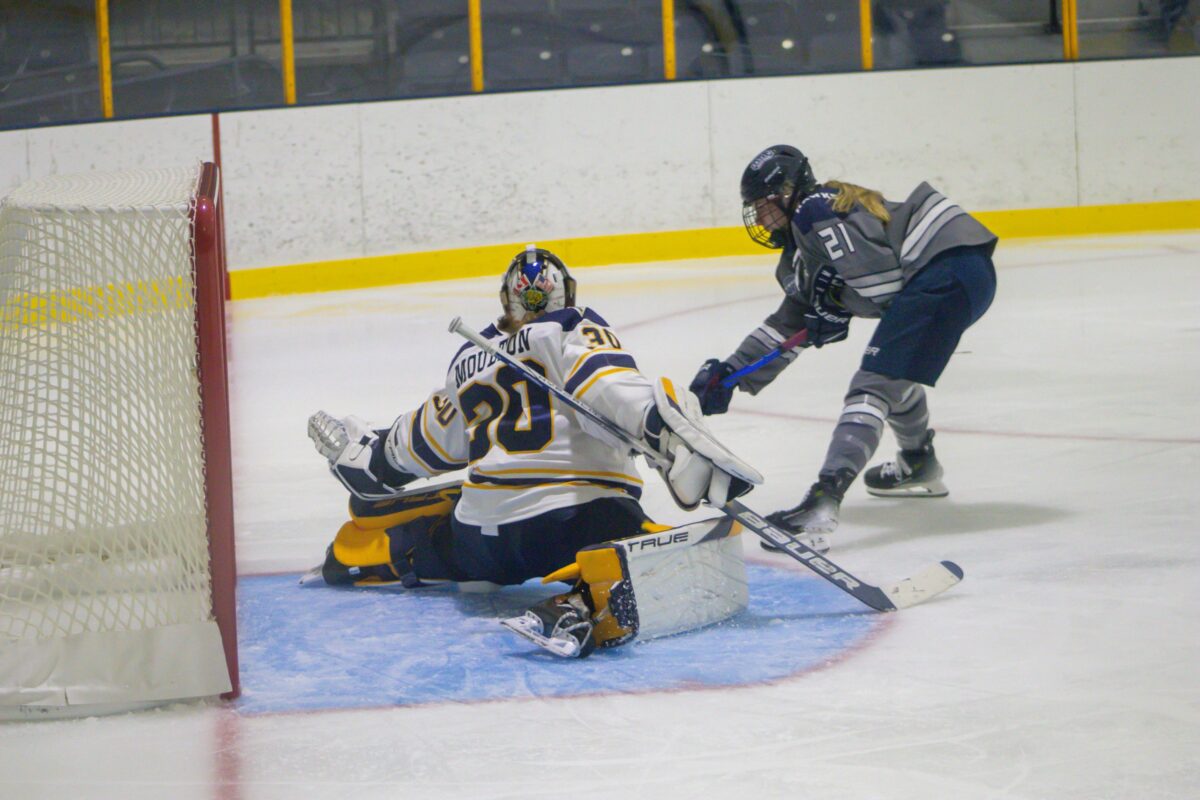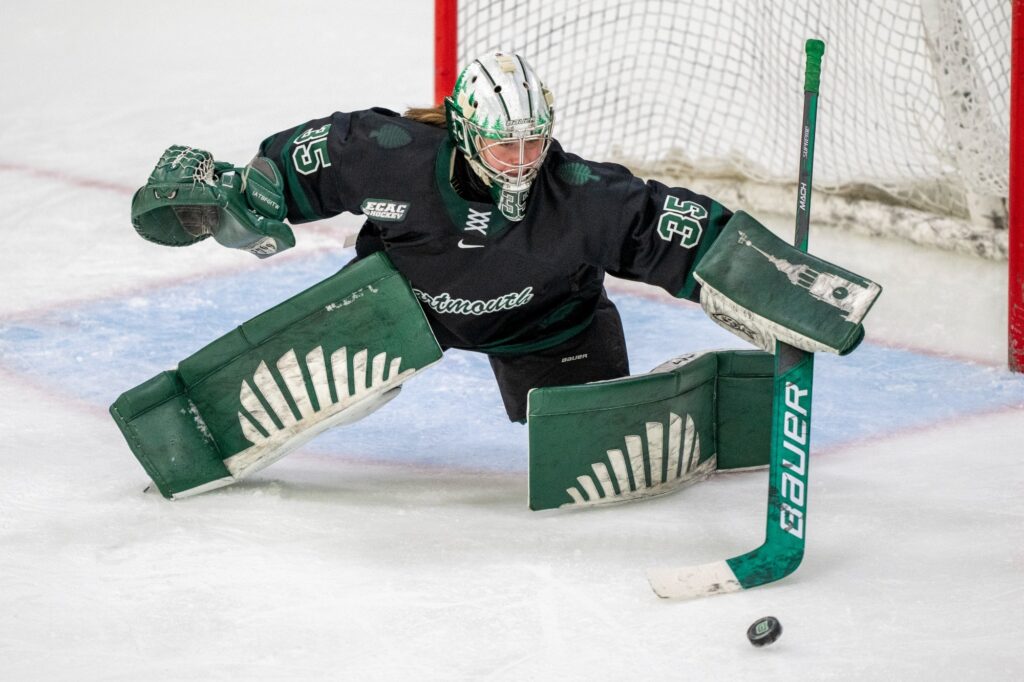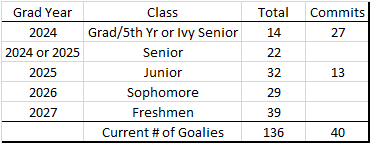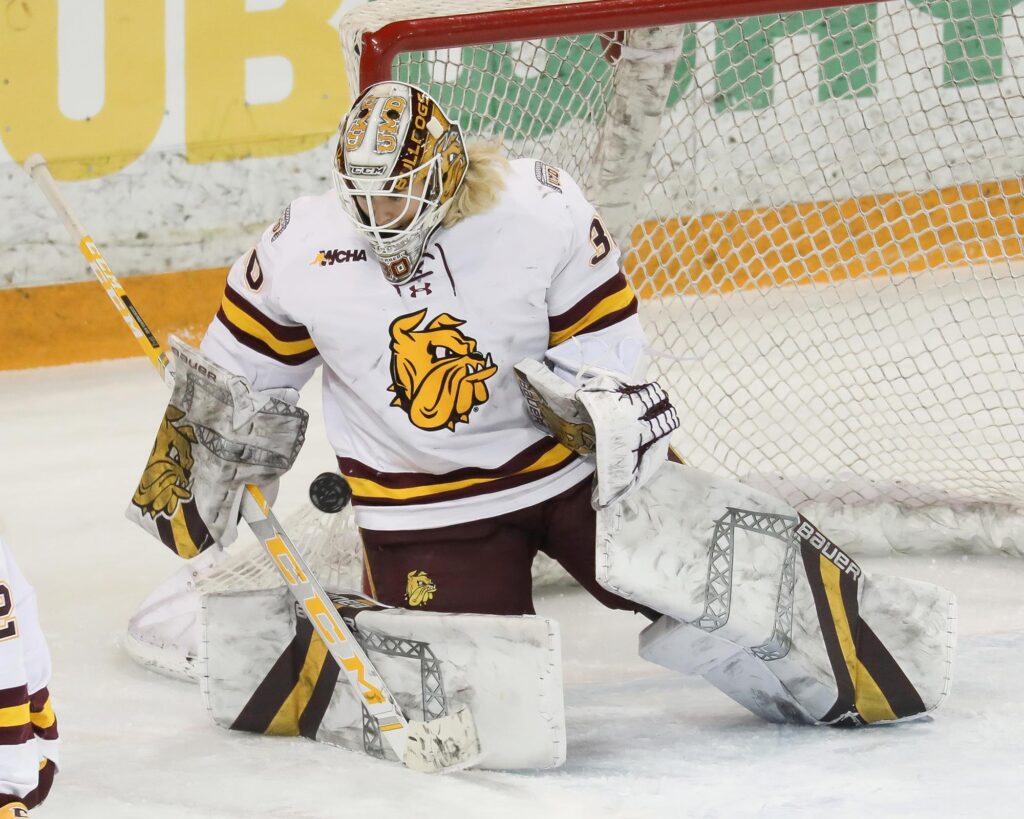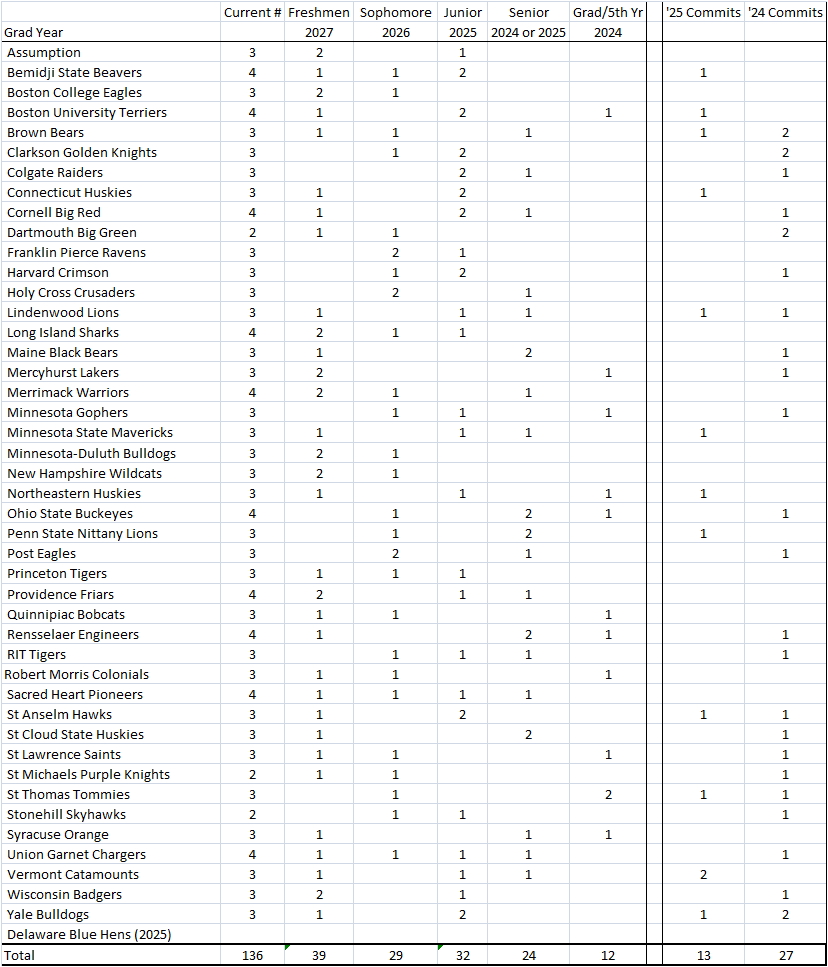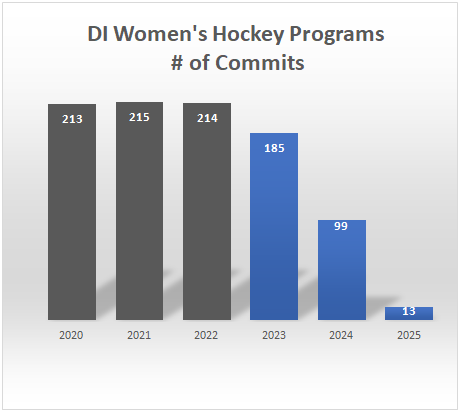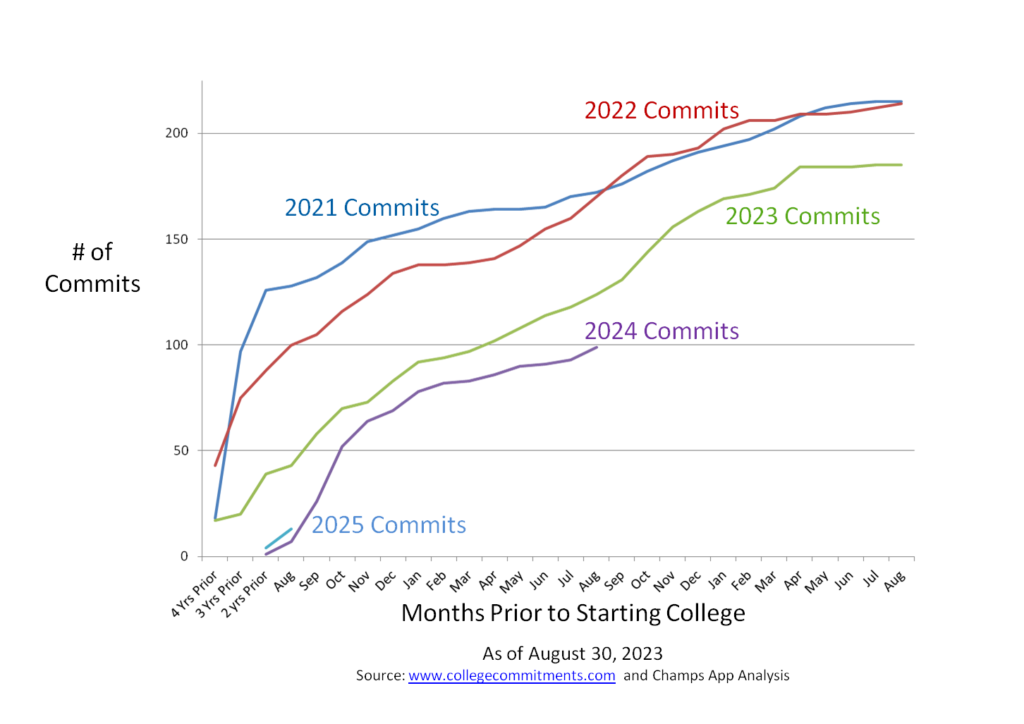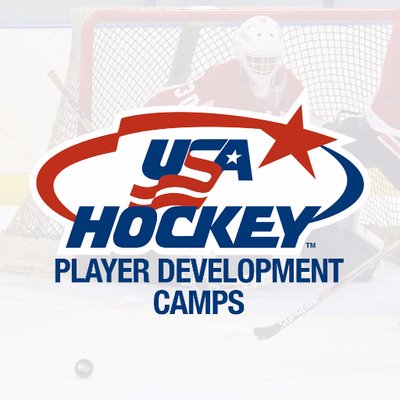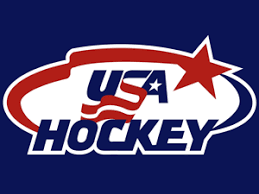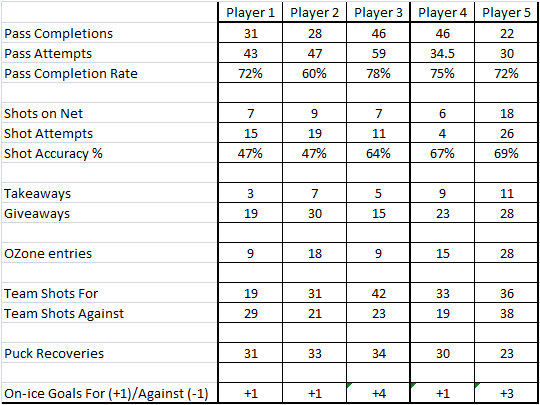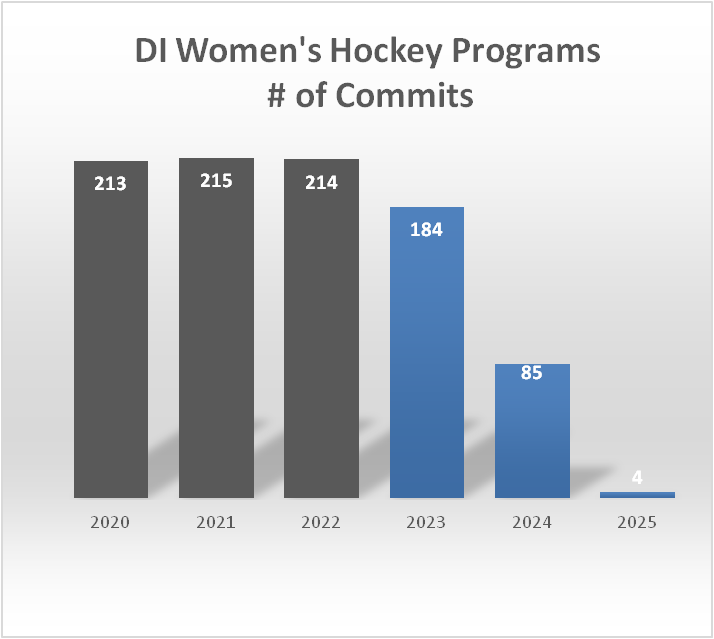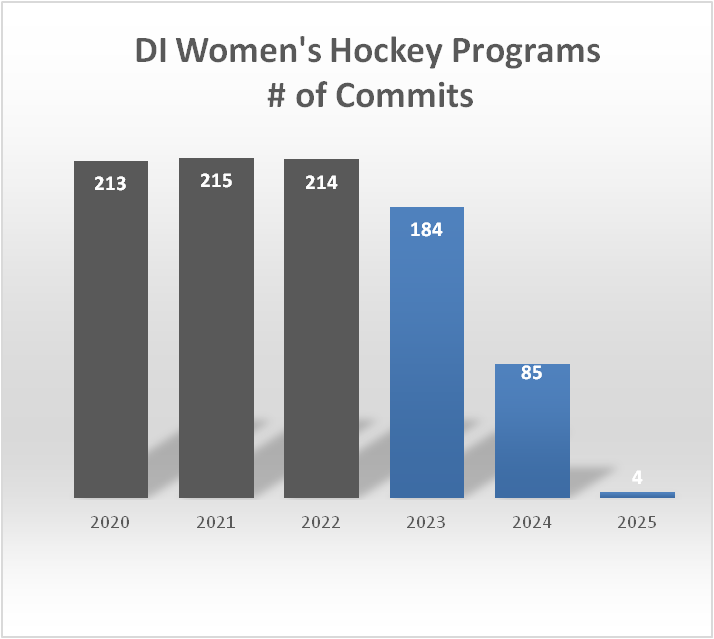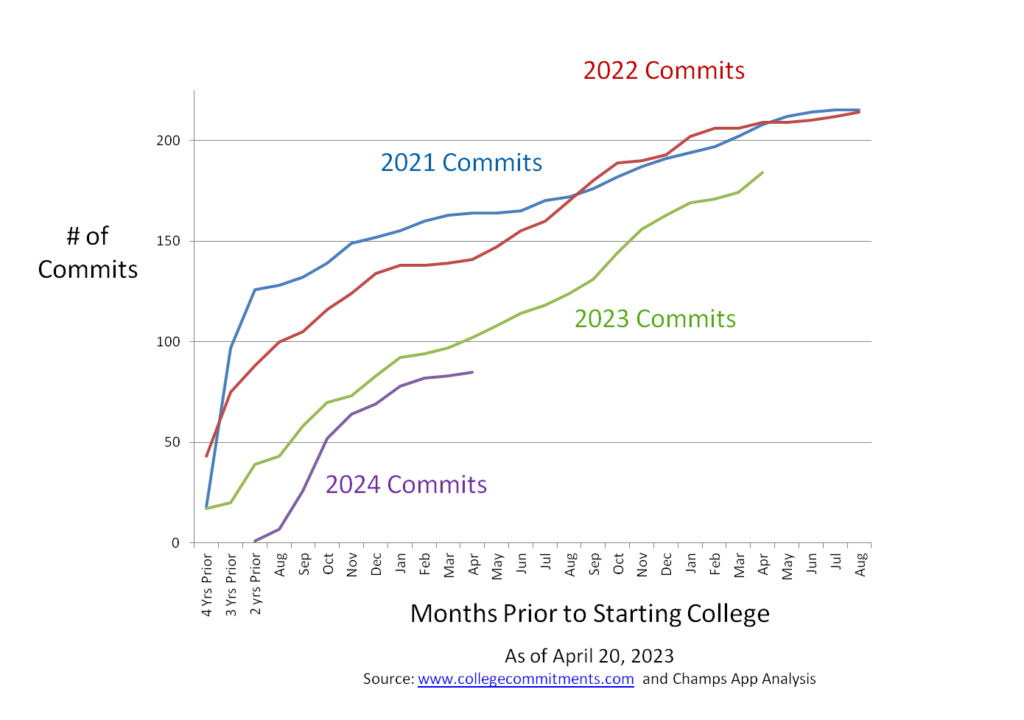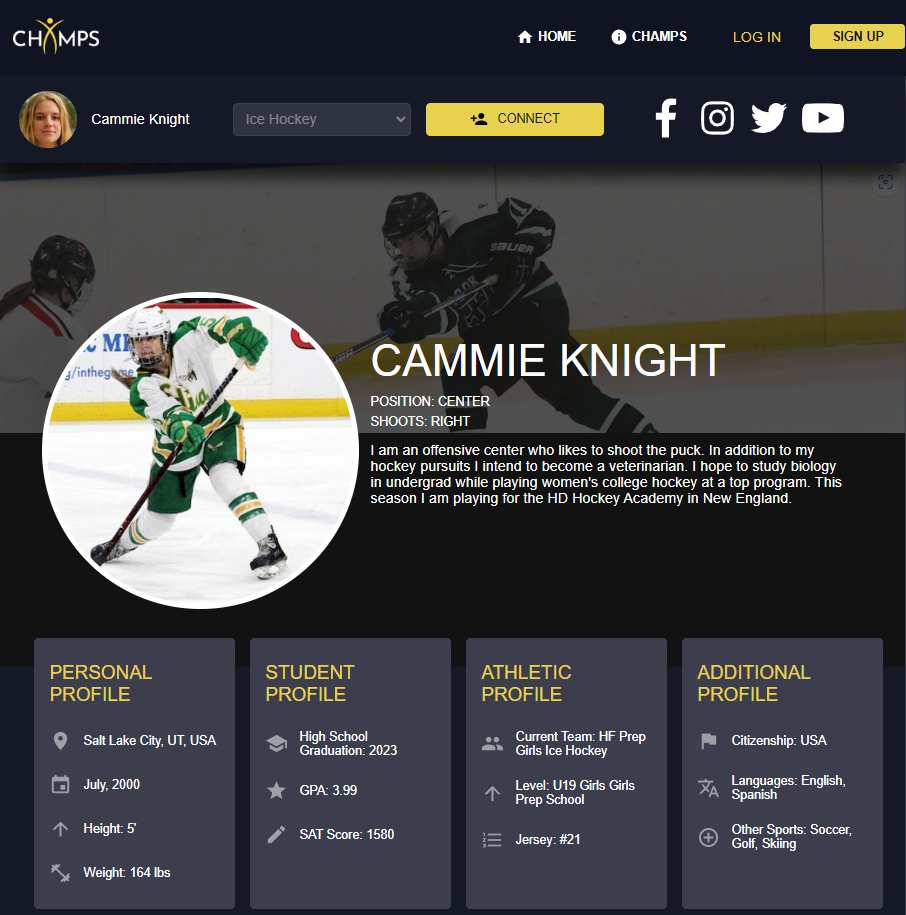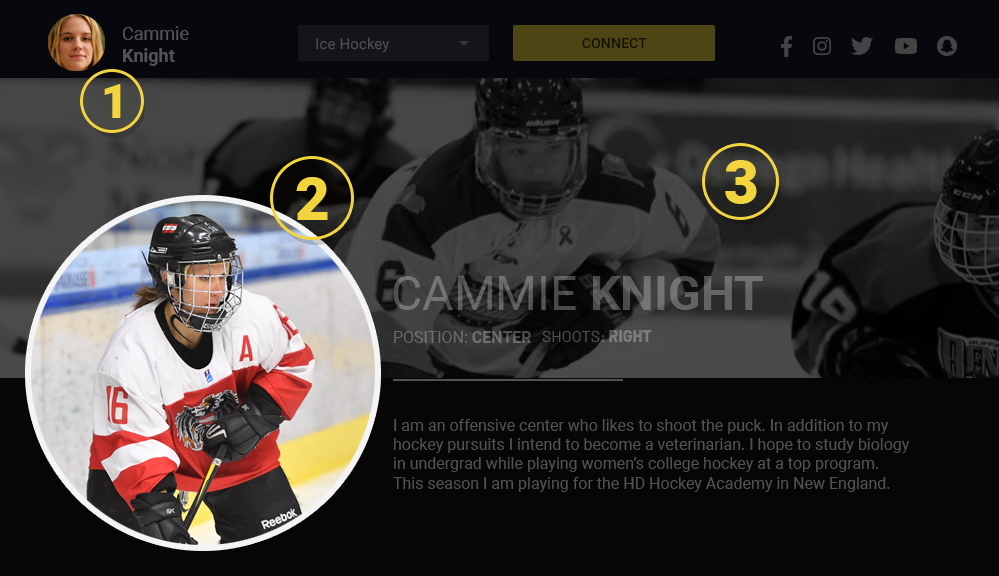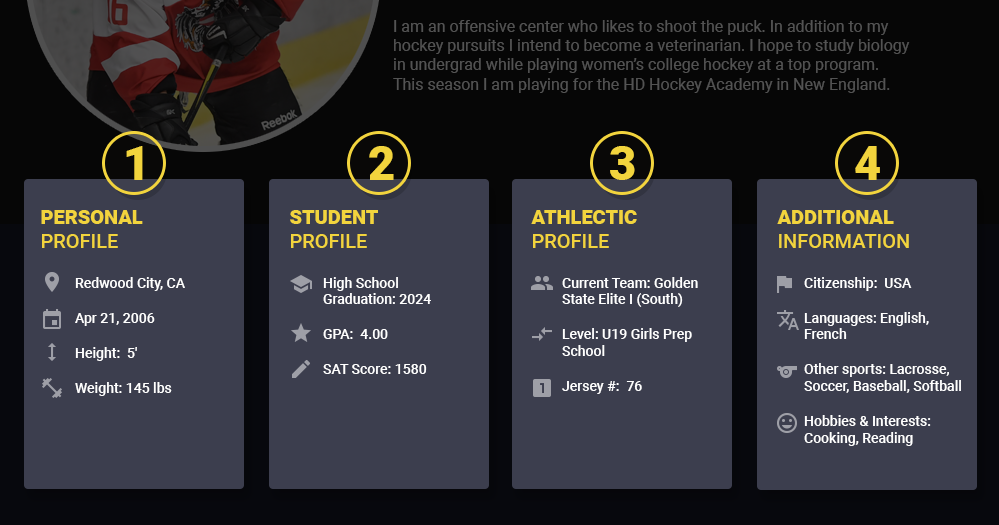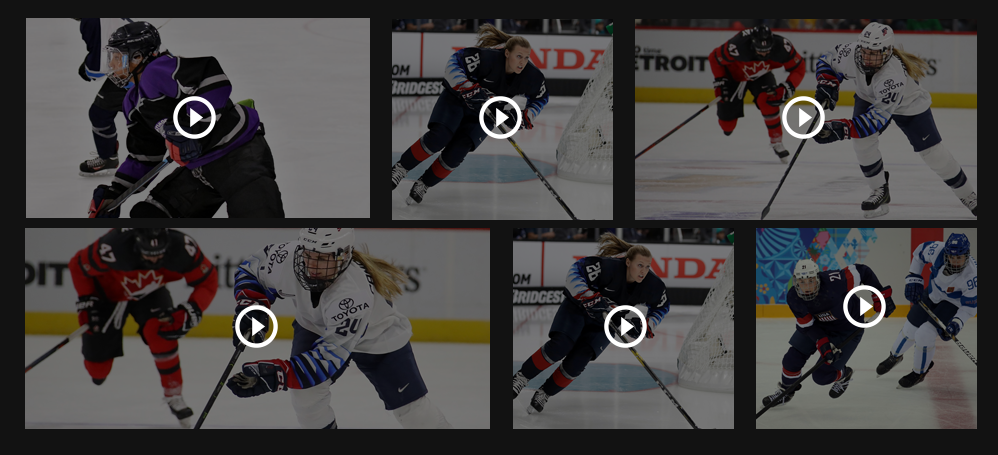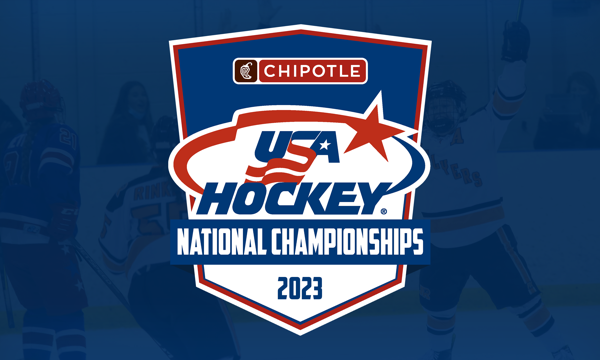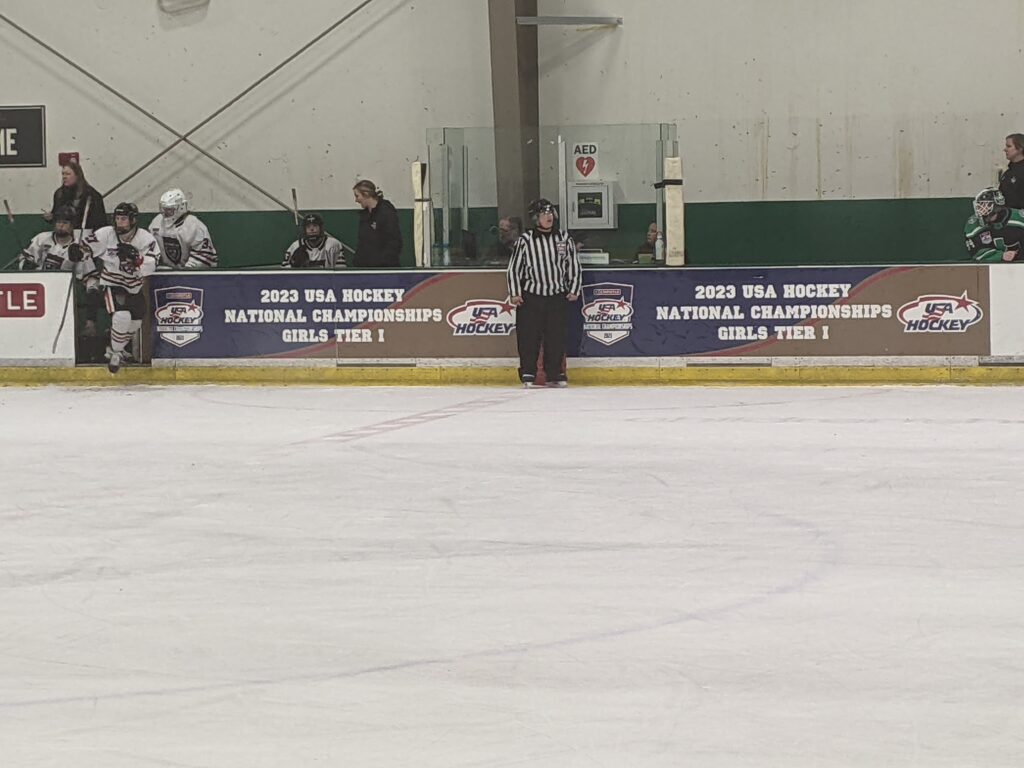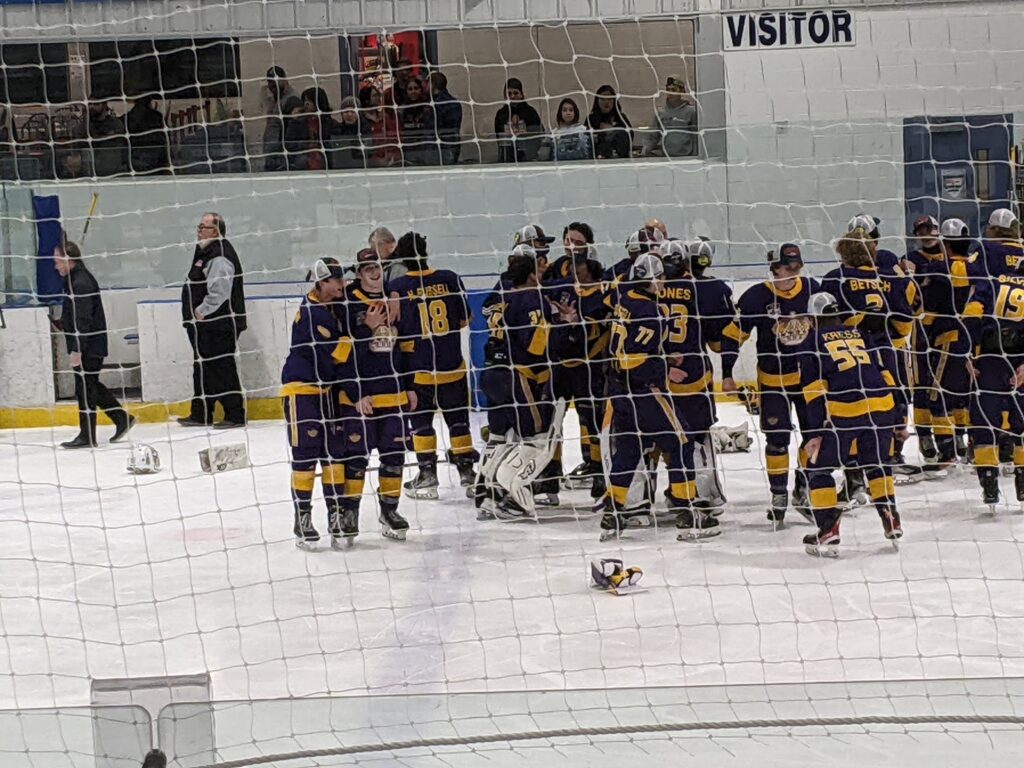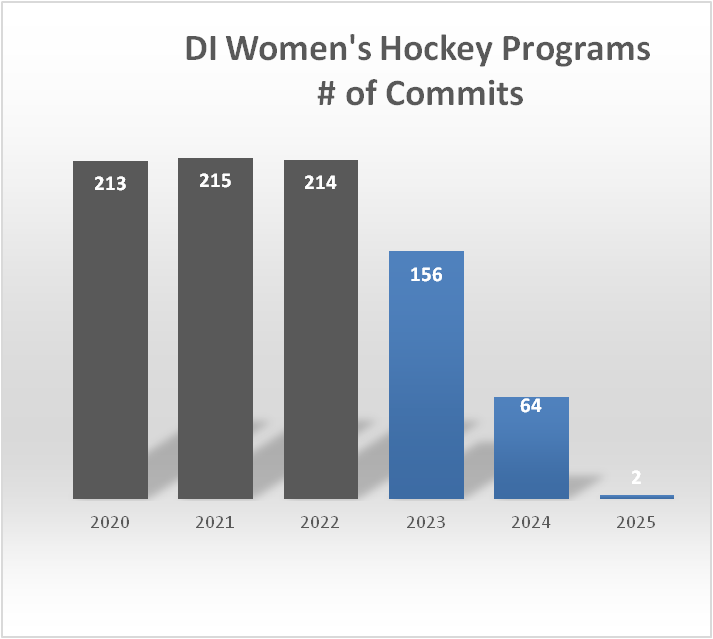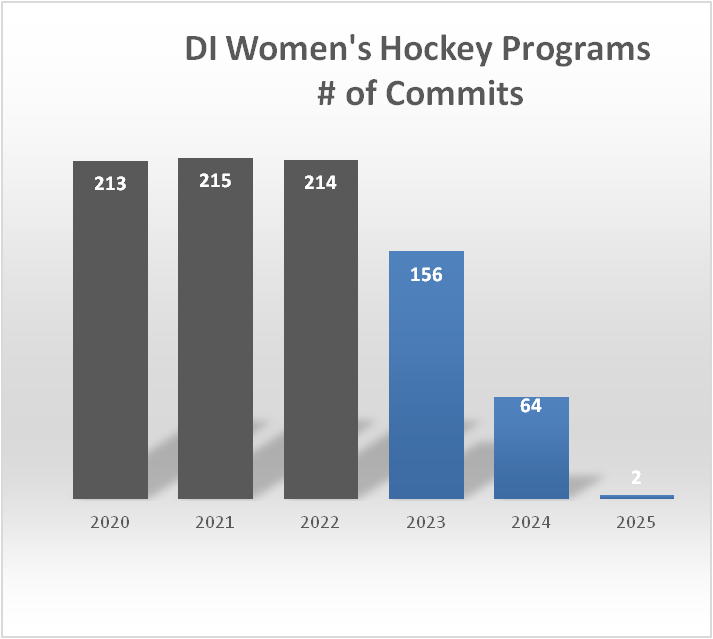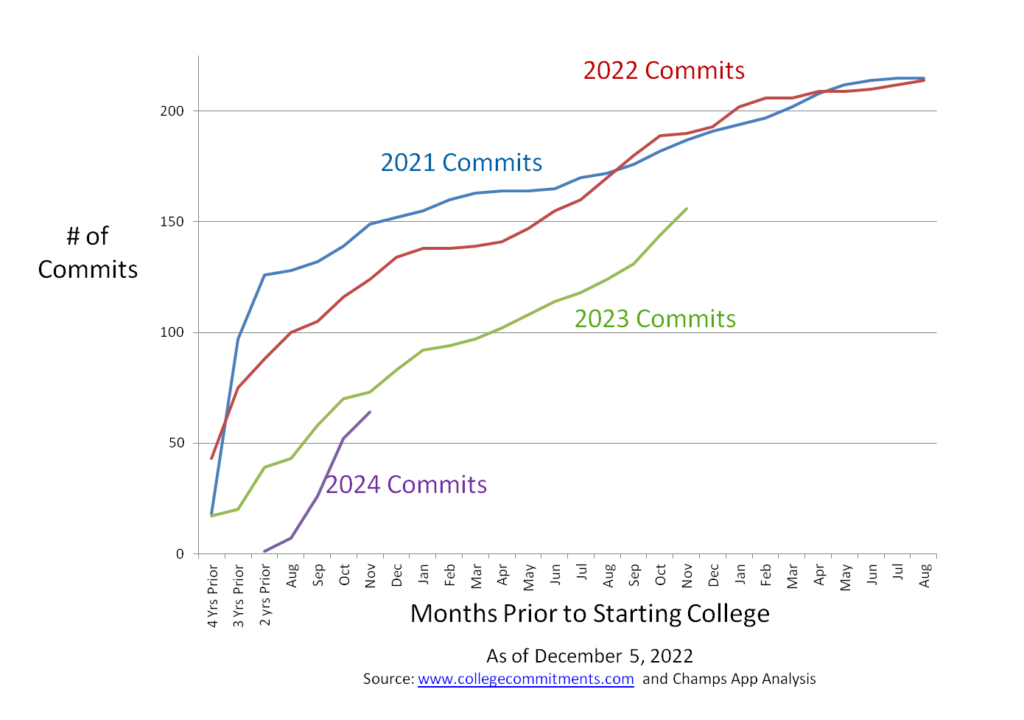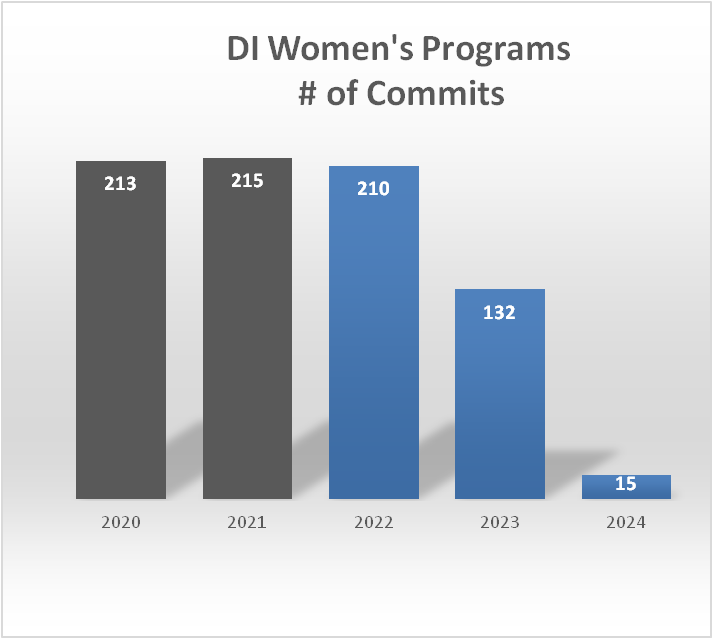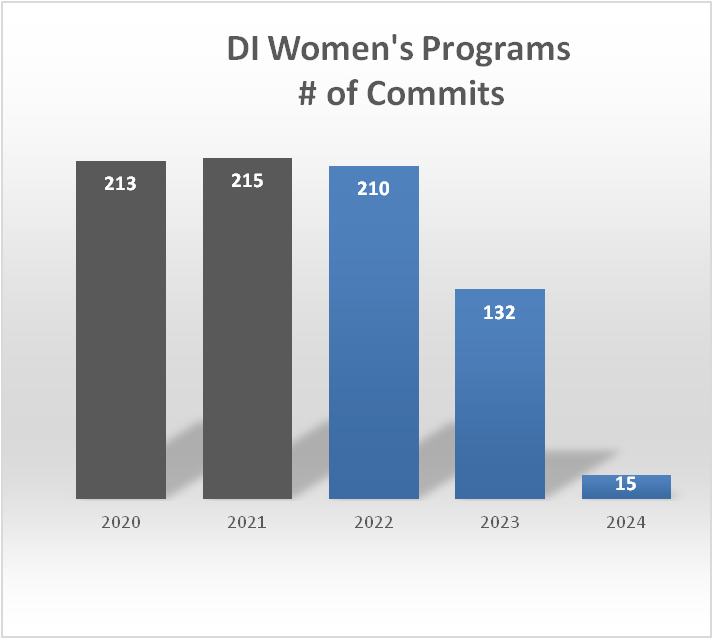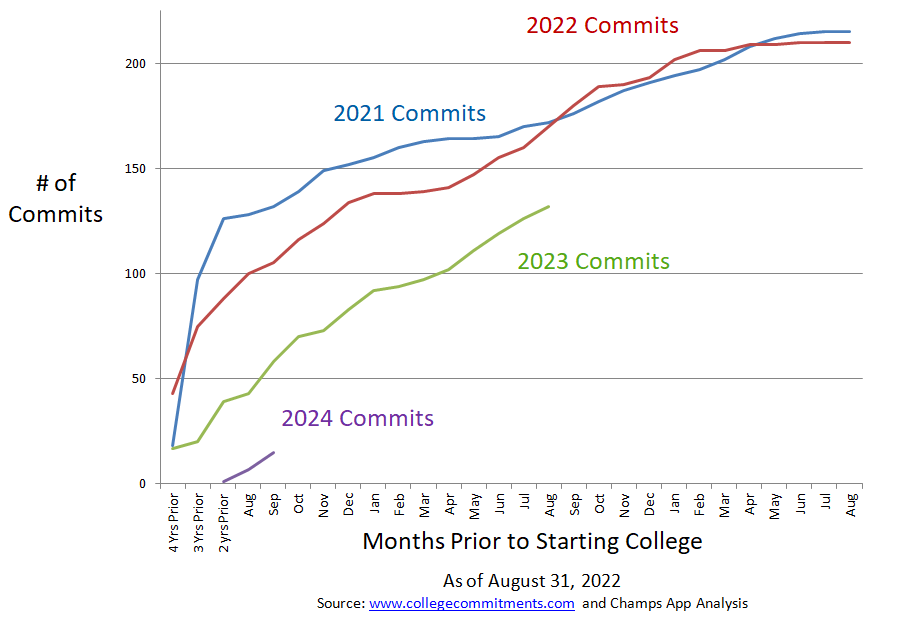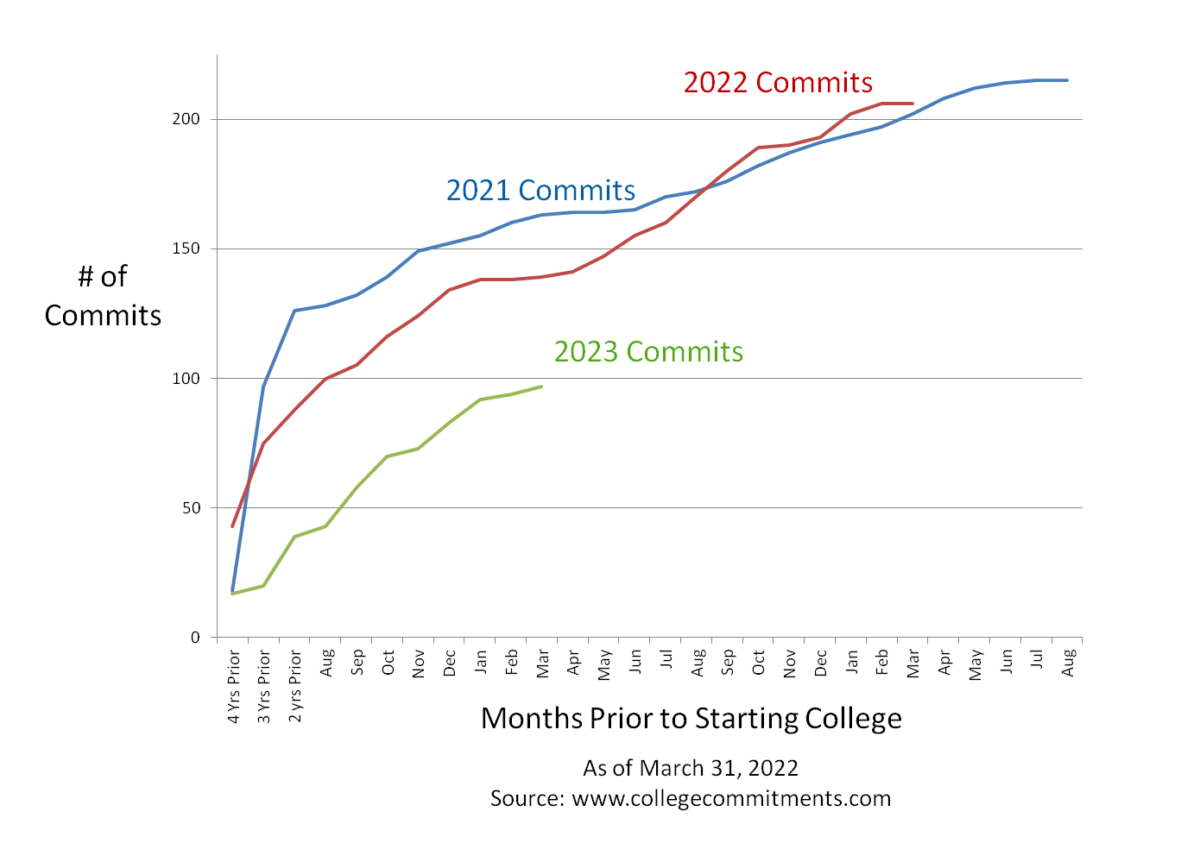Updated Dec. 19, 2023
This is the second of 3 posts about where things stand for each position – Goalies, Forwards and Defense – for the incoming classes of 2024 and 2025.
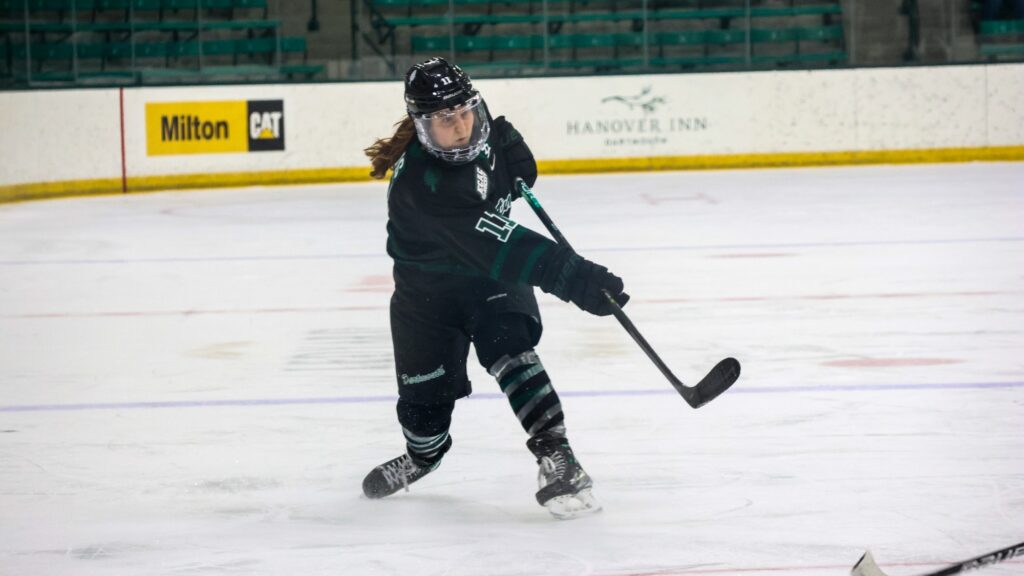
Read Part I of this series here: Navigating the Tight Goalie Market: The Current State of Division I Women’s College Hockey Recruiting for the Class of 2024 & 2025
Read Part III of this series here: Analyzing the Defensive Lineups: The Current State of Division I Women’s College Hockey Recruiting for the Class of 2024 & 2025
Women’s DI College Hockey Total Forward Players & Commits by Year
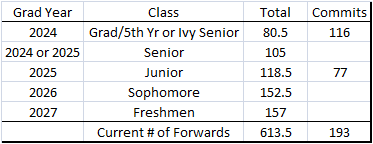
as of December, 2023
At first glance things seemed to have returned to normal for forwards with respect to the DI women’s college hockey recruiting class of 2023. There are 157 first-year players across all the Division I rosters this season. However, 18 of those spots are freshmen players at either Assumption or Robert Morris (“new” programs for both these schools), so the number is a little inflated compared to the 152 sophomore players playing DI hockey.
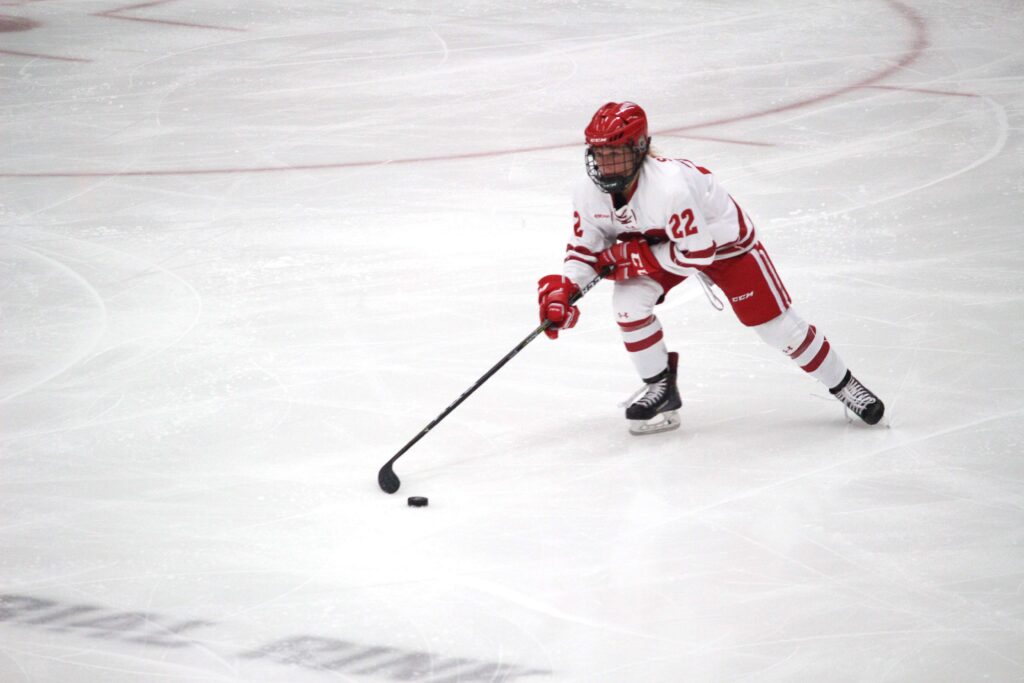
For the incoming Class of 2024, it seems almost all schools have finalized their rosters by now. Most schools have been announcing on social media their inbound players after the signing day earlier this month. Other than a few spots at NEWHA schools and maybe the odd player at other schools filling in a final roster spot, there are likely only a handful of opportunities remaining for forwards. Our 2024 F analysis now has 166 players, but there are likely some European and other commits who haven’t been publicly announced.
In addition, without knowing the plans for individual players, it is unclear how many of the 105 Seniors (granted an extra year of eligibility due to Covid) will decide to return for a 5th year either at their current school or find another school for their grad year. If all of them continue to play for the 2024-25 season then there may not be any spots open to 2024 high school graduates.
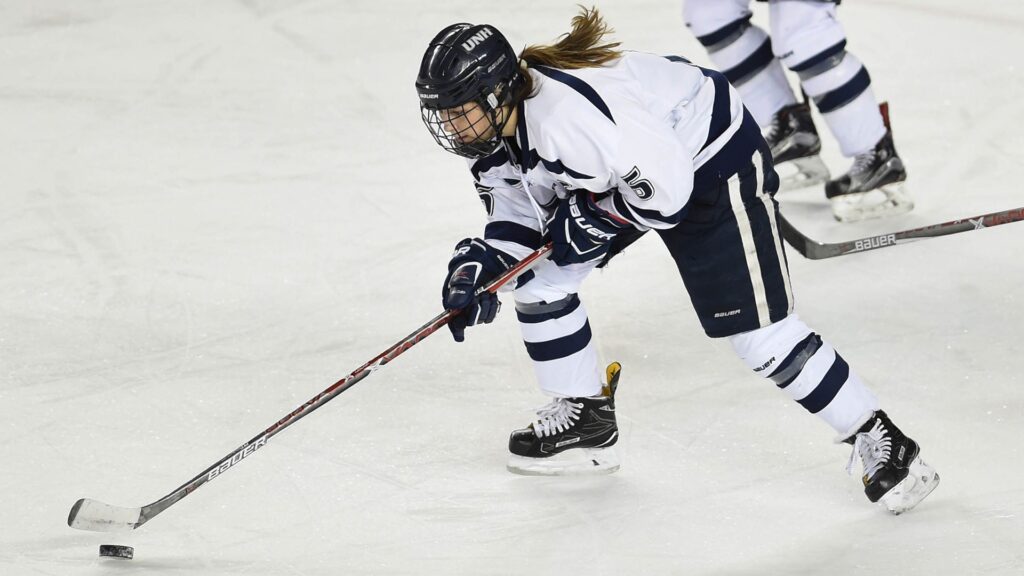
As for the incoming Class of 2025, there are certainly many spots still open. While most of the Top 10 schools have snagged the best players in the country, there are openings at many other programs. Until recently, many of the NEWHA schools have been focused on filling their 2024 rosters, so they will likely only shift their attention over the next month or two for their 2025 forwards.
Women’s DI College Hockey Forwards and Commits by School & Year
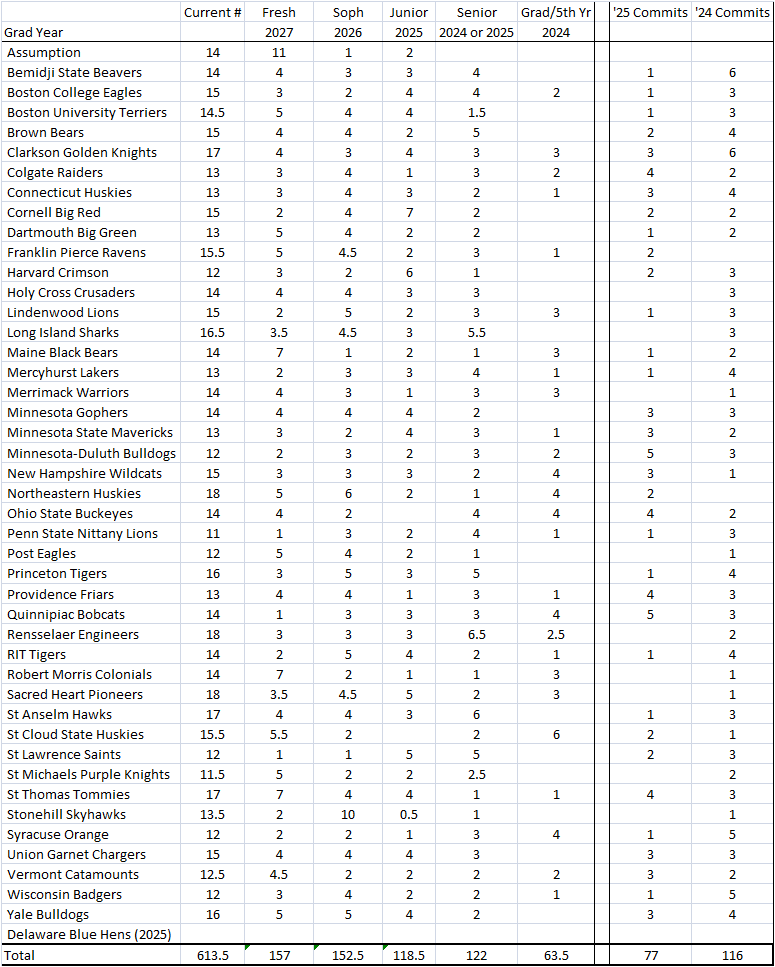
as of December, 2023

